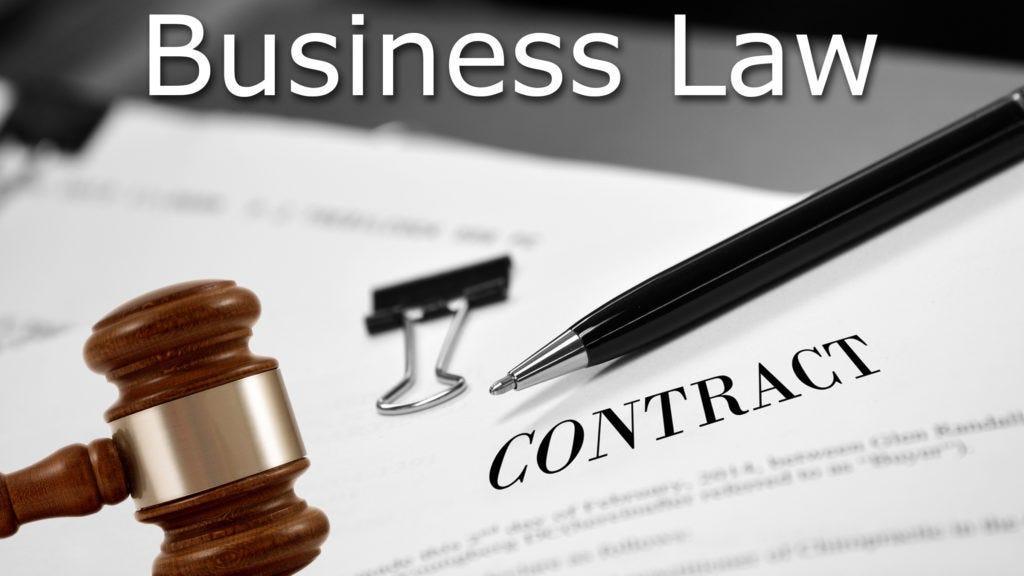
Has your professor given you the task of writing a rhetorical analysis? Does it sound heavy? Do not worry. Rhetorical analysis essays are like all other essays. Once you understand the format, writing is not so complicated.
You also need to understand the basics of this analysis. This is why you should read this article. You should also look at a rhetorical analysis essay example to get some insight.
What is rhetoric analysis?
This is an essay that looks at the text as rhetoric. The rhetoric definition is that it is a speech or writing that uses the figure of speech as a technique of persuasion. It is more concerned with how the narrative is said than what it is saying. It is laced with emotion, logic, and relatability.
A Rhetoric is written to sway and influence the audience. It is not a work of fiction but can be used on visual arguments or vocal performances. The word rhetorician is usually used when referring to the authors of rhetoric. You examine a rhetorician's technique, style, and goal, and their effectiveness. Some of the questions people have about rhetorical analysis include;
- What counts as a rhetorical text
- What is the goal of a rhetorical analysis
- What are ethos pathos and logos
When it comes to rhetoric, the text is not just the words. Visuals, audios, and images are also analyzed as texts. The context is explained as all factors surrounding the text, such as; who said the words, who was the intended audience, in what situation where the words said.
Techniques used in rhetoric
These are the methods the rhetorician uses to convince the audience. There are three dominant appeals that were developed by Aristotle. They are also referred to as the rhetorical triangle. These are the techniques to look out for in a rhetorical analysis. They include;
The ethical appeal also called ethos; the author presents themselves as an authority in the text. They use this to gain credibility and to make a case. They use themselves as experts to give their argument importance. For instance, if the text is about morality, they may talk about their own moral behavior as admirable.
The pathetic appeal; the pathos definition is that it is a technique that evokes the emotions of the audience to gain approval. It includes speaking emotionally, using vivid images, and trying to bring out emotions like anger and sympathy.
The logical appeal also the logos; uses reasoning in arguments to make a conviction. It is the most dominant technique used in academic writing. There is the use of evidence and facts to make the case. This technique relies mostly on proof.
Before you write your rhetorical analysis
A good rhetorical analysis discusses the goal appeal, evidence, and technique of the rhetoric. You need to examine whether they worked or not. You can start by answering these questions as a rough idea or a note. You then go through the text to find supporting examples for your answers. Find multiple examples and facts for each technique.
How to write a rhetorical analysis essay
After reading and examining the rhetorical, you can begin creating an outline for your rhetorical analysis. Remember to select three or four outstanding techniques to focus on in your essay. Rhetoric work usually has a lot of techniques in play. Choose the ones you can build the best case on.
You are now ready to begin your introduction. In the introduction, you should mention the text you are analyzing, give relevant background history on it and present your thesis and argument. You can also provide factual data on the theme of the text.
The body of your rhetorical analysis should build from the argument in your introduction. You begin to tackle the text directly. Each paragraph should focus on its own point. Start with a topic sentence and follow up with evidence, facts, and data to support your argument.
Think about how you will organize your paragraph in order to attain cohesion in your paper. Do not forget to discuss the techniques you had chosen. Talk about how they have been used in the text and their effectiveness.
It is important to give examples for each point to illustrate the technique. This provides a good transition to the next point and solidifies your argument.
Lastly, the conclusion of a rhetorical analysis closes off the analysis by stating the main argument again and illustrating how you have built on it.
You may also use it to link your argument to bigger societal issues. Do not repeat ideas and examples in the conclusion. Make it precise and brief. Leave the reader with a sense of finality.
Conclusion
Now that you have an idea of how to write a rhetorical analysis, you can continue with your essay with ease. However, if you still have questions, you can look at other rhetorical analysis examples, or contact us for help. Writing a rhetorical analysis may require a set of special input but with practice, you will perfect your skill.
Also read about:
10 Best Places To See In Vietnam
Why Hiring A Cybersecurity Company In Singapore Is Essential For Your Business
Here you can find 5 star Umrah packages










More Stories
How to choose the best cake service in surat
Get an attractive bathroom furniture sets from the UK marketplace
Quality Ethernet Cables for Your Needs
What Is The Average Settlement For Rear End Car Accident
3 Reasons Why the Watershed Music Festival Is a Great Getaway
Exciting Facts about Refurbished Phone